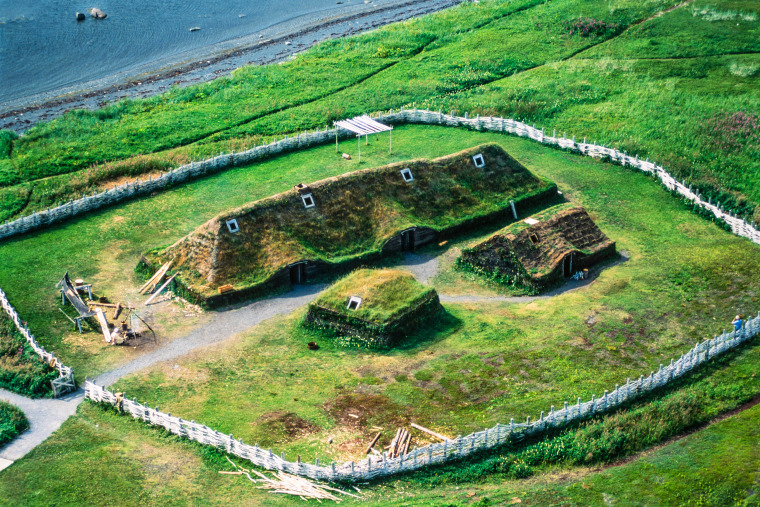In tree rings and radioactive carbon, signs of the Vikings in North America
Wood at a settlement in Canada’s Newfoundland that was cut with metal tools helped researchers pinpoint when the Norse first reached the continent — well before Columbus.
By Tom Metcalfe

Vikings from Greenland — the first Europeans to arrive in the Americas — lived in a village in Canada’s Newfoundland exactly 1,000 years ago, according to research published Wednesday.
Scientists have known for many years that Vikings — a name given to the Norse by the English they raided — built a village at L’Anse aux Meadows in Newfoundland around the turn of the millennium. But a study published in Nature is the first to pinpoint the date of the Norse occupation.
The explorers — up to 100 people, both women and men — felled trees to build the village and to repair their ships, and the new study fixes a date they were there by showing they cut down at least three trees in the year 1021 — at least 470 years before Christopher Columbus reached the Bahamas in 1492.
